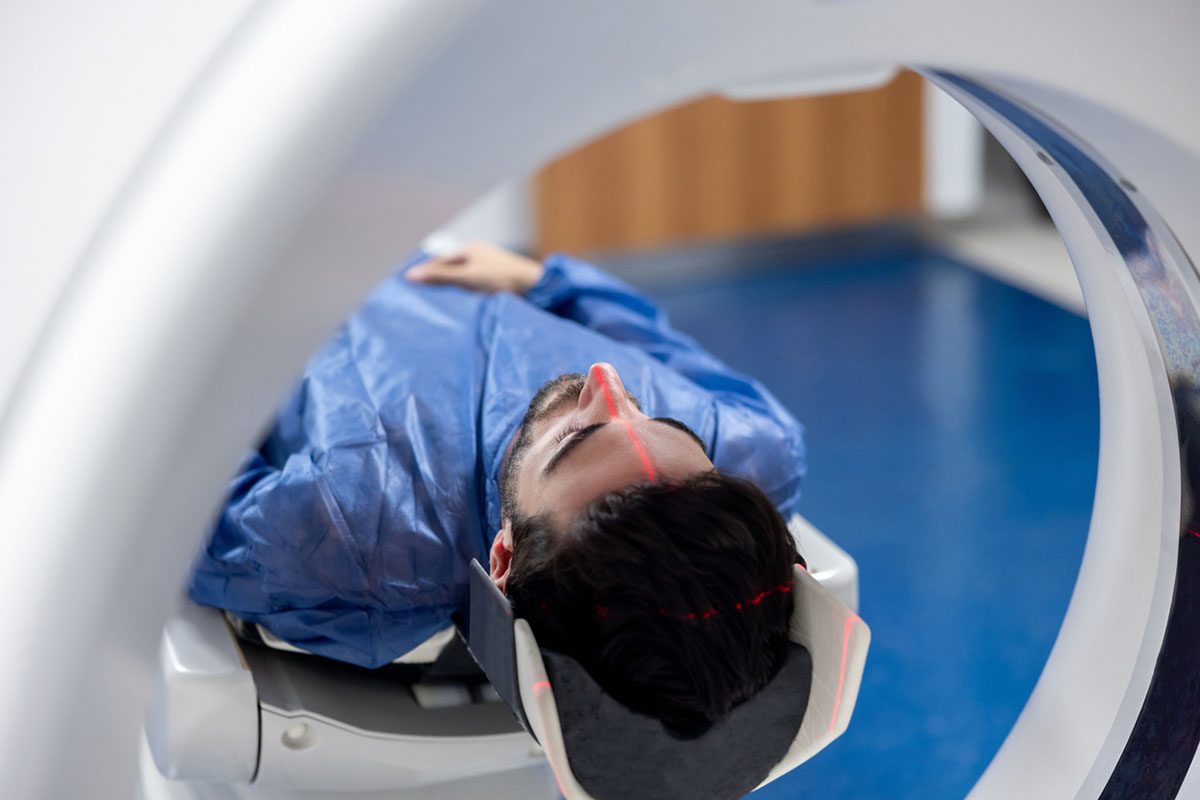aPsychiatry Service, Hospital Universitari de Santa Maria de Lleida, Lleida, Spain
bNeurology Service, Hospital Universitari Arnau de Vilanova de Lleida, Lleida, Spain
cUniversitat de Lleida (UdL), Lleida, Spain
dInstitut de Recerca Biomèdica de Lleida (IRBLleida), Lleida, Spain
*Corresponding author: Iolanda Batalla, MD, Department of Psychiatry, GSS—Hospital de Santa Maria, Ave Alcalde Rovira Roure, 44, 25198, Lleida, Spain ([email protected]); ORCID identifier: 0000-0003-2652-8463.
Prim Care Companion CNS Disord 2021;23(2):20l02730
To cite: Sánchez-Cazalilla M, González-Mingot C, Torterolo G, et al. Episodic ataxia misdiagnosed as anxiety disorder. Prim Care Companion CNS Disord. 2021;23(2):20l02730.
To share: https://doi.org/10.4088/PCC.20l02730
© Copyright 2021 Physicians Postgraduate Press, Inc.
Episodic ataxia type 2 (EA2) is an autosomal dominant disorder characterized by episodes of ataxia that last hours, with physical and emotional stress being notable trigger factors. Comorbid psychiatric disorders of atypical presentation have been described in these patients, which may cause a delay in diagnosis. The knowledge of this disorder is necessary for a correct differential diagnosis.
Case Report
The patient was a woman aged 63 years with irregular outpatient psychiatric follow-up for the past 30 years for generalized anxiety disorder, recurrent depressive disorder, and histrionic personality disorder. After several therapeutic trials, she was referred to a psychiatric day hospital for diagnostic assessment and pharmacologic adjustment. The patient described symptoms of generalized anxiety, dizziness and alterations of speech that limited her functionality with emotional repercussion and anticipatory anxiety, unspecific fear, and attention and memory deterioration. She had no history of panic attacks, phobias, or obsessional features. She reported having had agoraphobia in a depressive episode 30 years earlier. She had no family history of anxiety or depression. At the time of referral, the patient was being treated with fluoxetine 20 mg/d, quetiapine 175 mg/d, and lorazepam 3 mg/d. During follow-up, dizziness was attributed to benzodiazepine abuse. Medical antecedents included hypothyroidism treated with levothyroxine 25 mg/d. During admission, dysfunctional personality patterns associated with emotional dependency and highly expressed emotion were observed. Partial improvement in affective and anxiety-related symptoms was achieved with clomipramine 75 mg/d and gabapentin up to 900 mg/d. The patient continued to present episodes of instability and dysarthria in situations of greater emotional stress and for this reason was referred to the neurology service.
The neurology service assessed the patient with paroxysmal episodes of rotatory vertigo with uncoordinated movement of the 4 limbs, as well as weakness of the lower limbs and dysarthria that lasted several hours and improved after sleep. The episodes were reported to have begun in childhood and were triggered by stress and emotions. During exploration between crises, the patient presented horizontal nystagmus, mild dysarthria, and unsteady tandem gait. Moreover, she reported some relatives had similar symptoms. For this reason, suspicion of EA2 arose and a genetic study of CACNA1A (calcium voltage-gated channel subunit alpha1 A) was ordered, which confirmed the patient was a heterozygous carrier of the pathogenic change c904Gc>cA (pasp302Asn) in the gene CACNA1A. Treatment with topiramate (75 mg/d) and acetazolamide (750 mg/d) was initiated, resulting in over 50% reduction in frequency and intensity of episodes.
Discussion
The first published clinical description of a case of EA2 dates to 1946, while the molecular basis of the disorder was identified in 1996.1 It results from a mutation of the gene CACNA1A, which codifies a component of the calcium channel P/Q present in the central nervous system, especially in the cerebellum, which apart from motor control also has a function in adjusting cognitive and social behavior processes.2,3 It has a high penetrance, although incomplete; therefore, there is not always a positive family history. The estimated prevalence of EA2 is lower than 1 case per 100,0001; for these reasons we raise the question as to whether this could be an underdiagnosed condition. Onset usually occurs between age 5 and 20 years. The disorder is characterized by episodes of ataxia that may last hours or days and may be accompanied by vertigo, dizziness, diplopia, dysarthria, and general weakness among other symptoms. Alcohol, exercise, and emotional stress have been described as triggers. Patients tend to remain asymptomatic between episodes, often presenting persistent nystagmus.3,4 The presence of psychiatric disorders has been described as common for these patients, including personality disorders, anxiety, psychosis, attention-deficit hyperactivity disorder, and autism spectrum disorders with cognitive disturbances such as delay in reaching psychomotor milestones and poor school performance.2 These diseases constitute a challenge in diagnosis; therefore, knowledge of this disorder is fundamental to avoid late diagnosis or an exclusively psychiatric diagnosis, as in our case.
Published online: April 22, 2021.
Potential conflicts of interest: None.
Funding/support: None.
Patient consent: Written informed consent was received from the patient to publish the case report, and information has been de-identified to protect anonymity.
References (4)

- Guterman EL, Yurgionas B, Nelson AB. Pearls & oy-sters episodic ataxia type 2: case report and review of the literature. Neurology. 2016;86(23):e239–e241. PubMed CrossRef
- Indelicato E, Nachbauer W, Karner E, et al. The neuropsychiatric phenotype in CACNA1A mutations: a retrospective single center study and review of the literature. Eur J Neurol. 2019;26(1):66–e7. PubMed CrossRef
- Denier C, Ducros A, Vahedi K, et al. High prevalence of CACNA1A truncations and broader clinical spectrum in episodic ataxia type 2. Neurology. 1999;52(9):1816–1821. PubMed CrossRef
- Jen J, Kim GW, Baloh RW. Clinical spectrum of episodic ataxia type 2. Neurology. 2004;62(1):17–22. PubMed CrossRef
Please sign in or purchase this PDF for $40.




